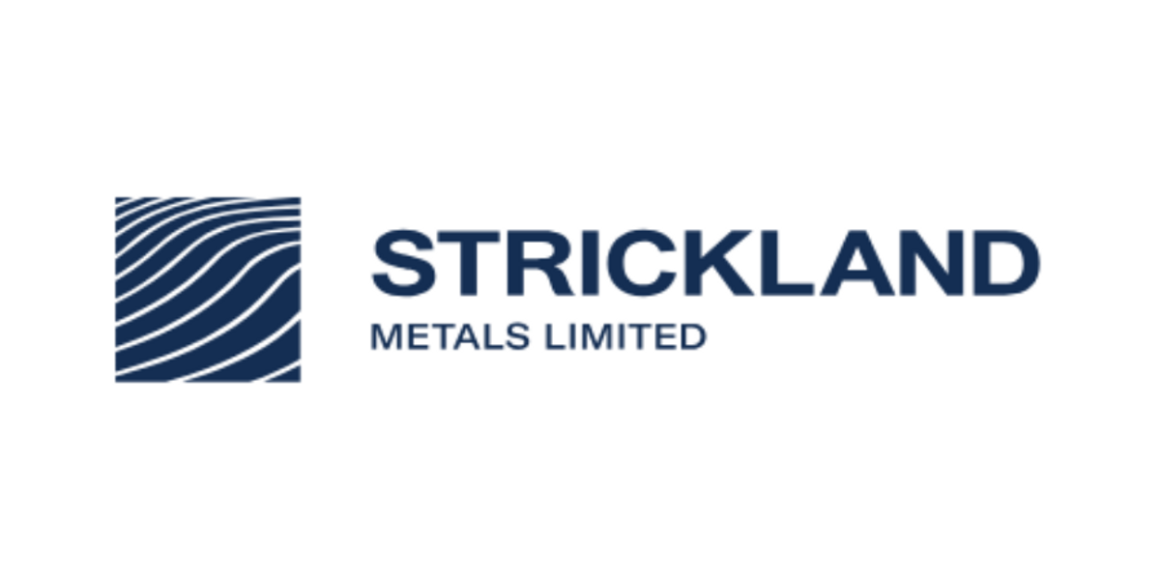Highlights:
Exploration Update
Strickland Metals Limited (ASX: STK) (Strickland or the Company) is pleased to advise that a new phase of drilling has commenced at the high-priority Gradina Prospect, part of its 100%-owned ~5.4Moz AuEq Rogozna Gold and Base Metals Project2 in Serbia (Figure 2).
The drilling program follows the recent completion of a new access track at Gradina, enabling drilling to target near- surface extensions of high-grade mineralisation previously encountered at depth.
Gradina is one of four skarn-hosted gold and base metals deposits at Rogozna and represents a key target for the delineation of a near-term initial Mineral Resource Estimate, contributing to the continued rapid growth of the Rogozna Project.
Strickland’s Managing Director, Paul L’Herpiniere, said: “This new program at the Gradina Prospect provides a very exciting opportunity to follow-up significant widths of high-grade gold mineralisation previously encountered at depth. Having constructed a new access track over recent months, we can now drill-test the Gradina system close to surface for the first time in the Project’s history.
“All available datasets indicate that the steeply dipping mineralised lodes encountered in previous drilling extend up- dip towards surface. If we are successful in drilling similar widths and tenor of mineralisation near-surface, we expect that this high-priority target will rapidly take shape and make a considerable contribution to the growth of the Rogozna Resource inventory over the next 12 months.”
Gradina Geology
The Gradina Prospect is characterised by multiple steeply-dipping, NNW-trending zones of gold (+/- copper, zinc) mineralisation occurring over ~1km of strike, with the mineralisation remaining open both along strike, at depth and up-dip towards surface.3
Along its strike extent, the Gradina mineralisation is spatially associated with gold + associated pathfinder geochemical anomalism in soils (Figure 1) and multiple coincident geophysical anomalies, including gravity, IP and remanent magnetism anomalies (Figure 2). All these datasets indicate that the mineralisation is likely to extend close to surface, particularly at the southern end of the system, where there is an absence of volcanic cover.
At the southern end of the prospect, the surface geology is characterised by steeply west-dipping limestone, with a swarm of ENE-trending quartz latite dykes cutting across the carbonate stratigraphy and extending through to the Copper Canyon deposit ~500m to the east.
Previous drilling at Gradina was carried out with collars positioned in a valley to the immediate west of the deposit, where access was easiest, with mineralisation intersected at vertical depths of ~200m to 1,000m below surface (Figure 3).
At the northern end of the prospect, the surface geology consists of hydrothermally altered andesite, which sits unconformably above the host carbonate sequence. Previous drilling of the northern extents of the system was conducted from the same valley access track, with mineralisation encountered at depths of ~400m to 600m vertically below surface (Figure 4).
In terms of mineralisation style, the gold mineralisation is associated with pyrrhotite and lesser amounts of arsenopyrite, with chalcopyrite and sphalerite occurring in localised areas.
The mineralisation at Gradina is the most gold-dominant of the four currently identified deposits at Rogozna (comprising the Shanac, Copper Canyon, Medenovac and Gradina deposits), with gold at Gradina accounting for ~90% of the contained metal.


Leave a Reply